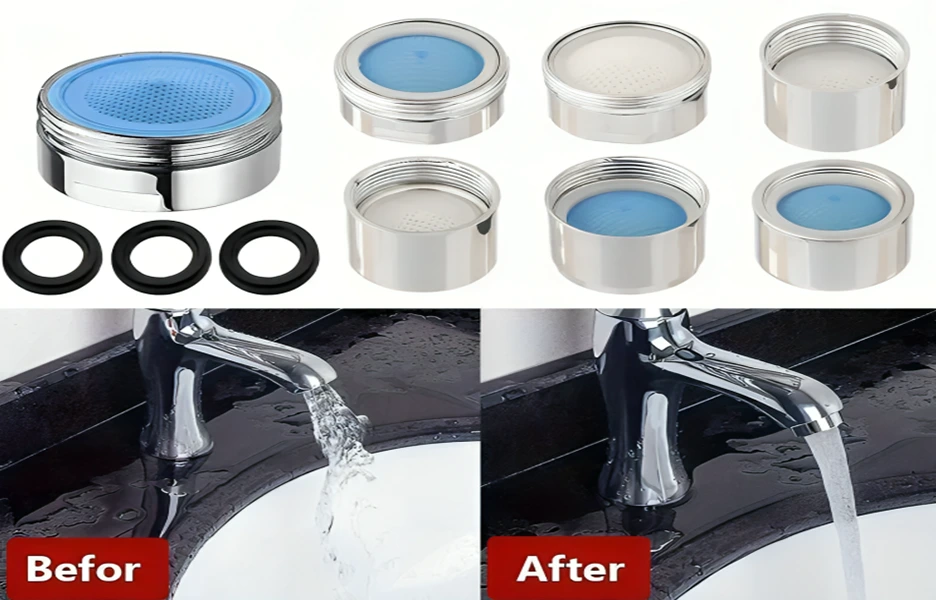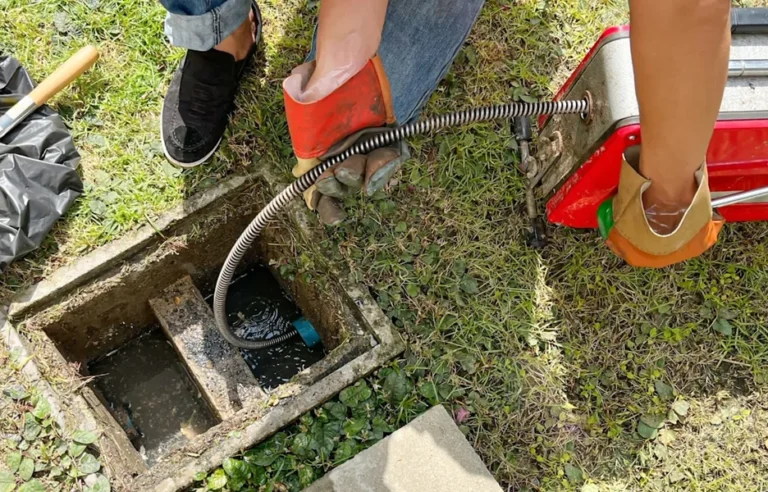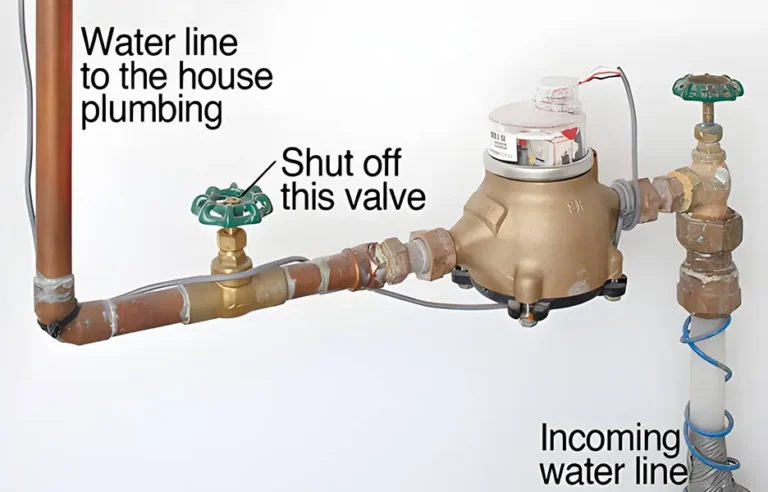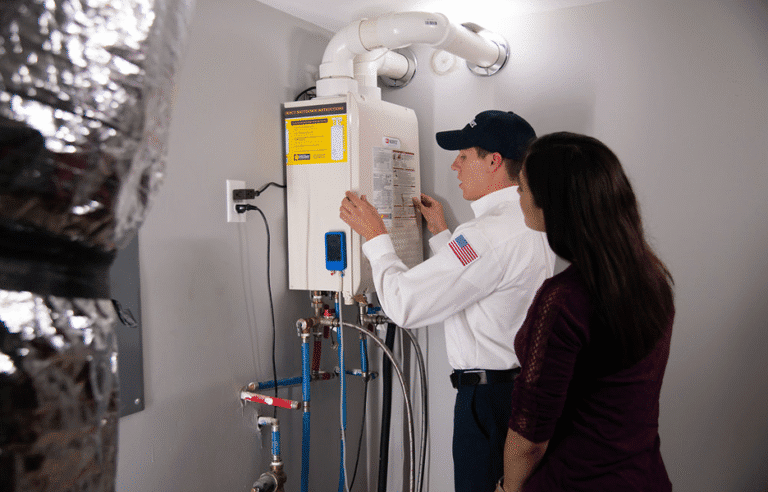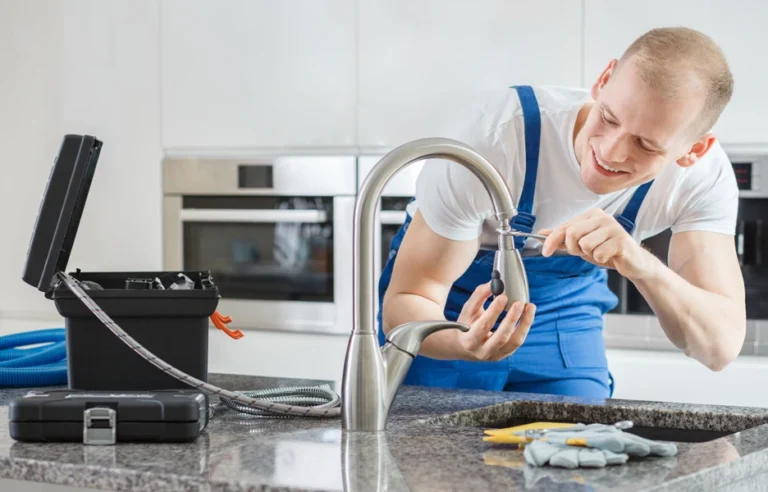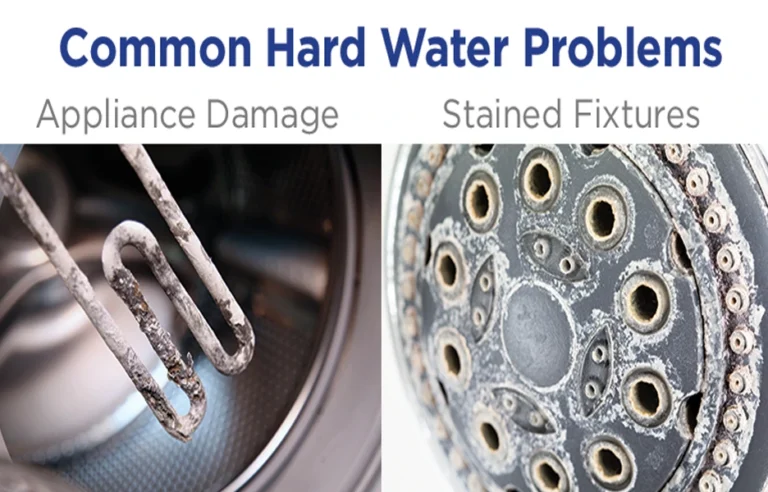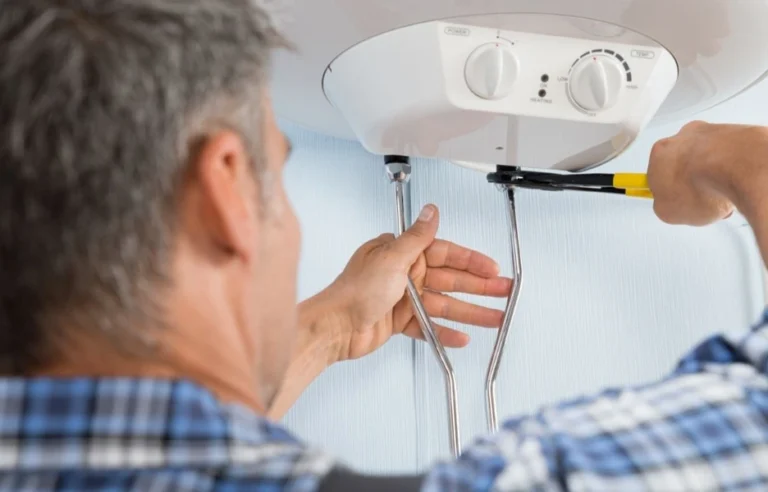Arizona’s ongoing drought and rising water costs have made water conservation a top priority for homeowners. One of the most practical ways to save water without losing comfort is by installing low-flow plumbing fixtures — modern faucets, toilets, and showerheads designed to reduce consumption while maintaining strong performance.
This detailed guide explains how to install them step by step, which fixtures work best in Arizona’s conditions, and how they connect to your home’s humidity and plumbing health.
Why Install Low-Flow Fixtures in Arizona?
Arizona is one of the driest U.S. states, facing chronic drought conditions. In cities like Phoenix, Tucson, and Scottsdale, water restrictions are becoming increasingly common.
Installing low-flow fixtures can reduce water use by up to 40%, lower your utility bills, and support community water conservation goals.
They’re also recommended in many green plumbing and LEED-certified building projects.
Understanding Low-Flow Plumbing Fixtures
Low-flow fixtures limit water flow while maintaining pressure. They typically use aerators, pressure compensation valves, or dual-flush mechanisms.
Types include:
- Low-flow toilets (1.28 GPF) — dual-flush or pressure-assist models
- Low-flow showerheads (≤ 2.0 GPM) — mix air with water for a strong spray
- Water-saving faucets (1.0–1.5 GPM) — use aerators or restrictors
Step-by-Step: Installing a Low-Flow Faucet or Showerhead
Installing new fixtures doesn’t require professional tools — you just need some basic DIY skills.
🧰 Tools You’ll Need
- Adjustable wrench
- Plumber’s tape
- Screwdriver
- Towels or small bucket
- Replacement low-flow fixture
Step 1. Turn Off the Water Supply
Locate and close the shut-off valve under your sink or near your shower. Turn the existing faucet or shower on to drain residual water.
Step 2. Remove the Old Fixture
Loosen fittings with your wrench and carefully detach the old part.
If you notice mineral deposits or corrosion, clean the threads with vinegar before installing the new unit.
Step 3. Apply Plumber’s Tape
Wrap Teflon tape around the threaded connection (2–3 layers) to ensure a watertight seal.
Step 4. Attach the New Fixture
Screw on your new low-flow faucet or showerhead by hand, then tighten gently with the wrench.
Avoid over-tightening to prevent leaks or cracks.
Step 5. Test for Leaks
Turn the water back on and check for dripping around the joints.
If necessary, adjust or re-tape connections.
Installing a Low-Flow Toilet
If you’re replacing a full toilet, the process is slightly more involved:
- Shut off water and flush to empty the tank.
- Disconnect the supply line.
- Unbolt and lift the old toilet (use gloves!).
- Remove the wax ring and clean the flange.
- Place the new wax seal and set the low-flow toilet in place.
- Re-bolt and reconnect the water line.
Modern dual-flush models save up to 13,000 gallons per year for a family of four.
💧 Tip: Combine this with leak detection routines from our Hidden Pipe Leak Detection Guide to save even more water.
Compliance and Rebates in Arizona
Arizona follows the Uniform Plumbing Code and encourages the use of EPA WaterSense®-certified fixtures.
Some utilities (like City of Phoenix Water Services) offer rebates for replacing high-flow toilets and faucets.
For up-to-date programs, visit the Arizona Department of Water Resources (ADWR) site or check with your local municipality.
Maintenance Tips After Installation
- Clean aerators monthly to prevent sediment buildup.
- Check seals twice a year for leaks.
- Use vinegar soaks to remove limescale — safe and eco-friendly.
- Combine with good ventilation in bathrooms to prevent humidity issues.
🌿 For humidity control and mold prevention, revisit How to Prevent Mold Growth in Arizona Pipes.
Long-Term Benefits
| Benefit | Impact |
|---|---|
| Water Savings | 30–50% reduction per household |
| Lower Energy Use | Reduced hot water demand |
| Financial Savings | $100–$300/year on average |
| Eco Benefit | Helps Arizona’s drought resilience |
| Property Value | Higher for eco-friendly homes |
Pairing low-flow fixtures with leak-free plumbing and good ventilation makes your Arizona home more efficient, sustainable, and healthy.
Internal Link Strategy (already included naturally)
Here’s how the internal linking works in this article:
- “How to Prevent Mold Growth in Arizona Pipes” → connects to your Week 5 Post 2 article (humidity + pipe maintenance).
- “Hidden Pipe Leak Detection Guide” → connects to your plumbing diagnostic post.
- “Dealing with Hard Water in Arizona Homes” → connects to your minerals/water-quality post.
- “Water Conservation Incentives in Arizona Homes” → connects to your sustainability or rebate article.
- “Arizona Plumbing Maintenance Guide” → connects to your main plumbing services or maintenance page.
All of these links are embedded naturally in context — no keyword stuffing, just value-based navigation.
Final Thoughts
Switching to low-flow fixtures is one of the simplest yet most powerful steps homeowners in Arizona can take to save water, money, and protect the environment.
When combined with mold prevention, leak detection, and regular plumbing maintenance, your home becomes a model of sustainable living in the desert.

